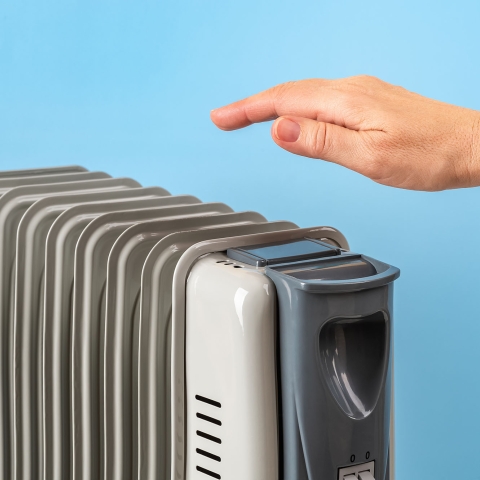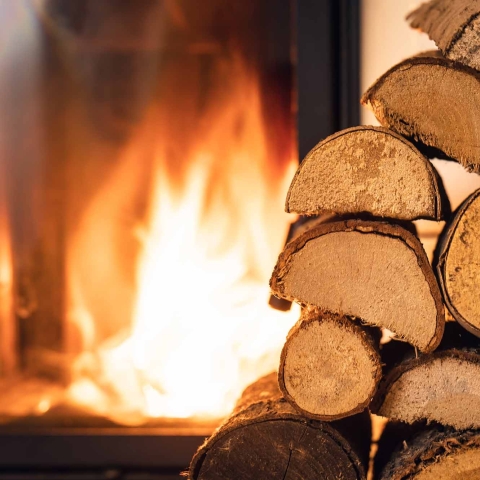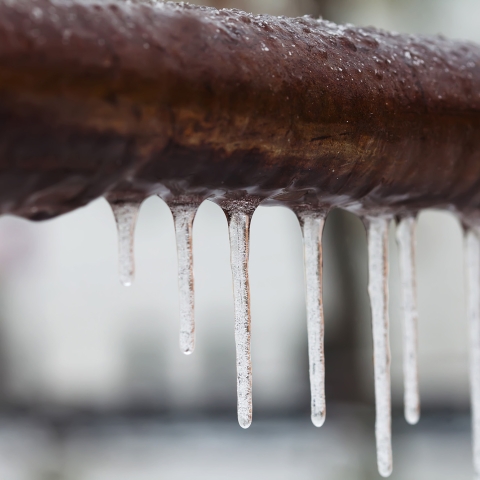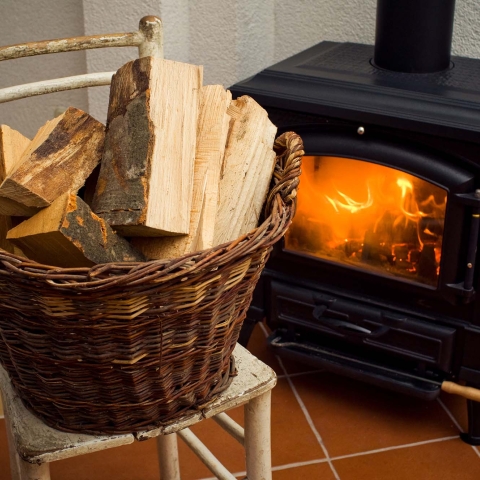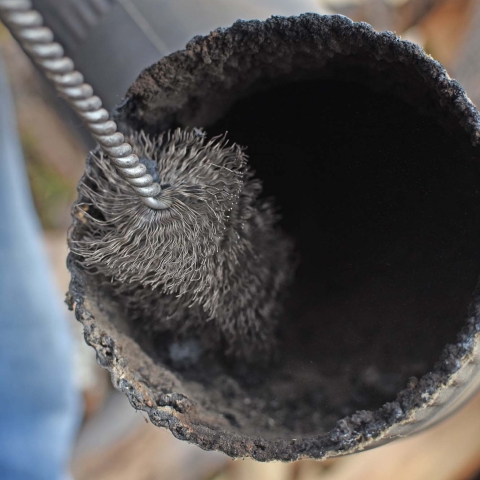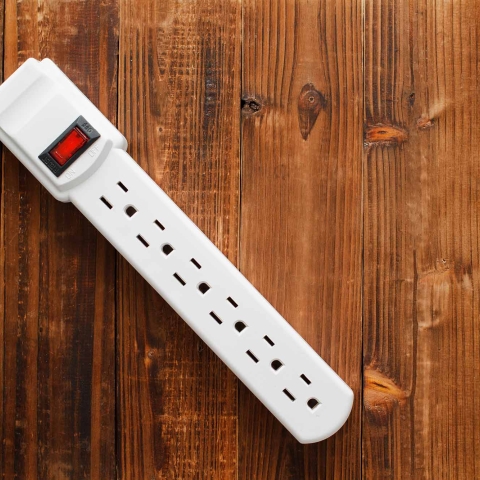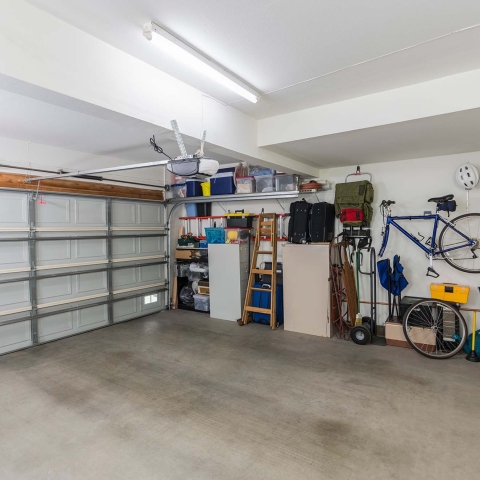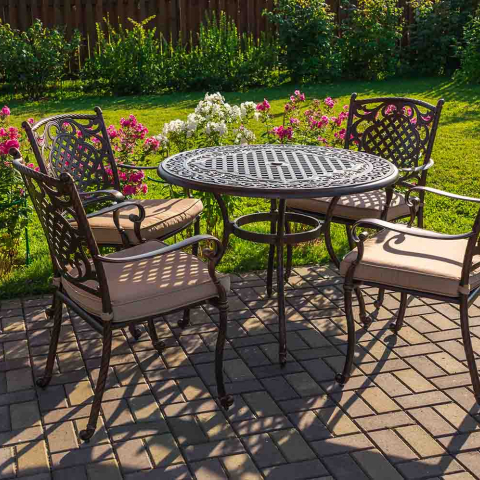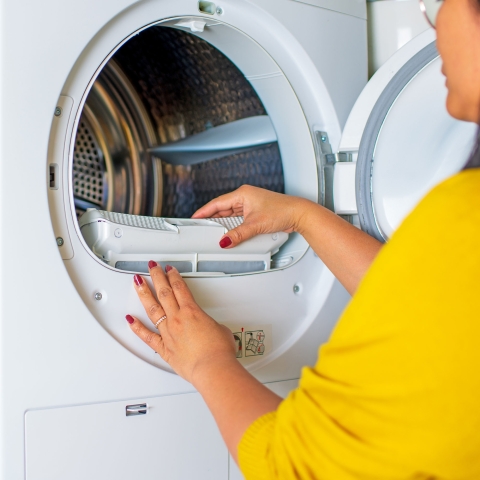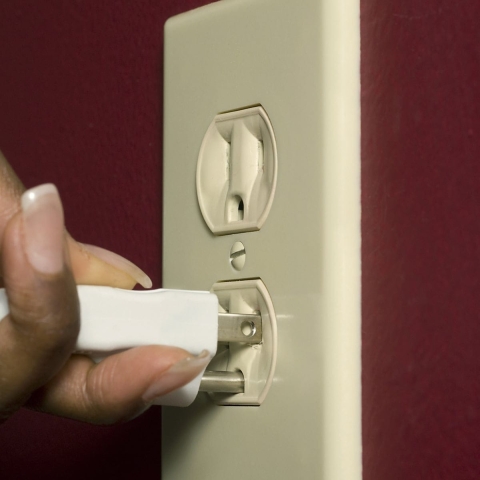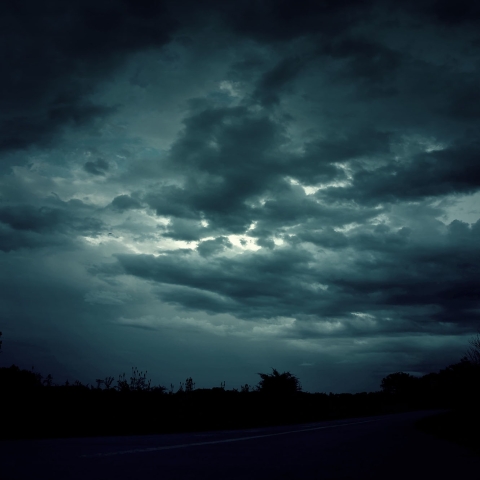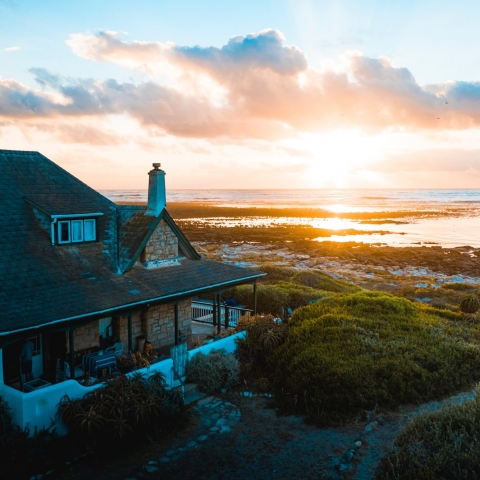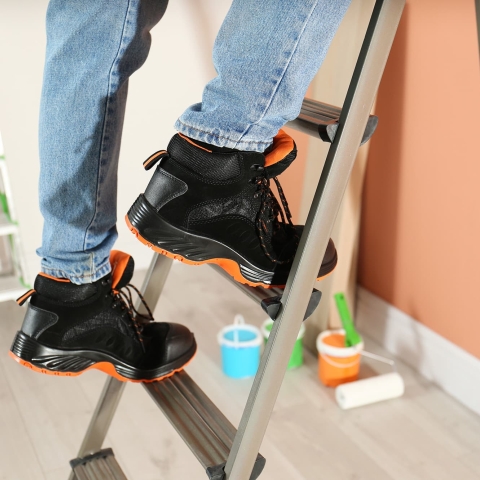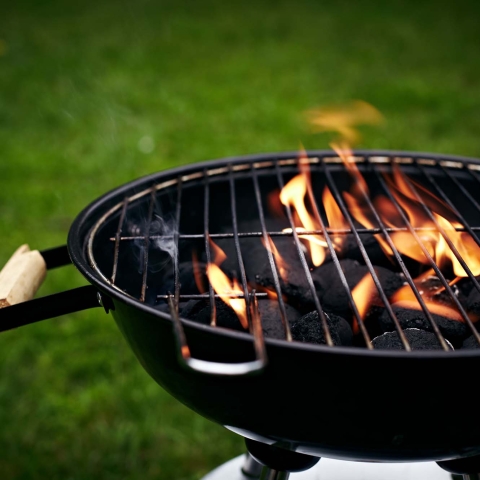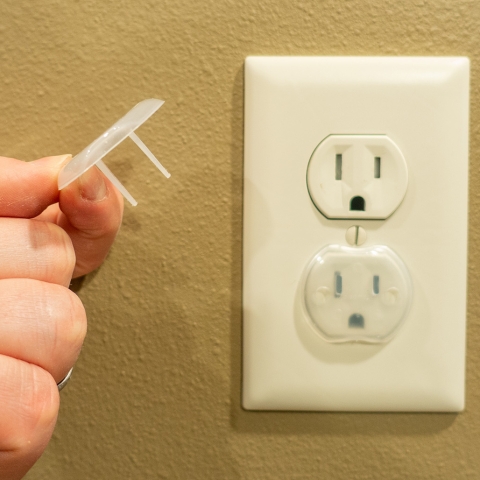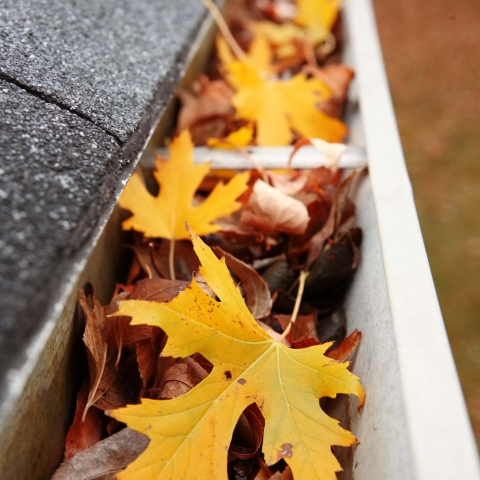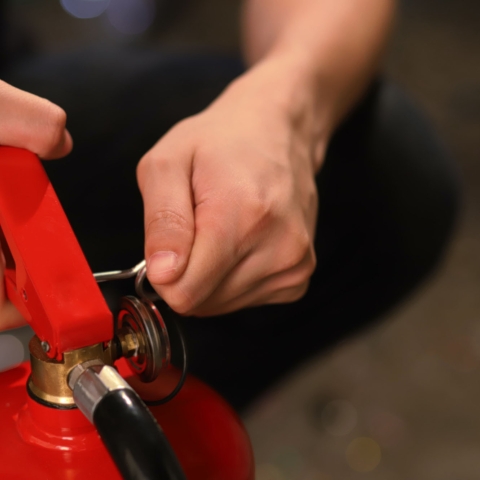Severe Weather Preparedness
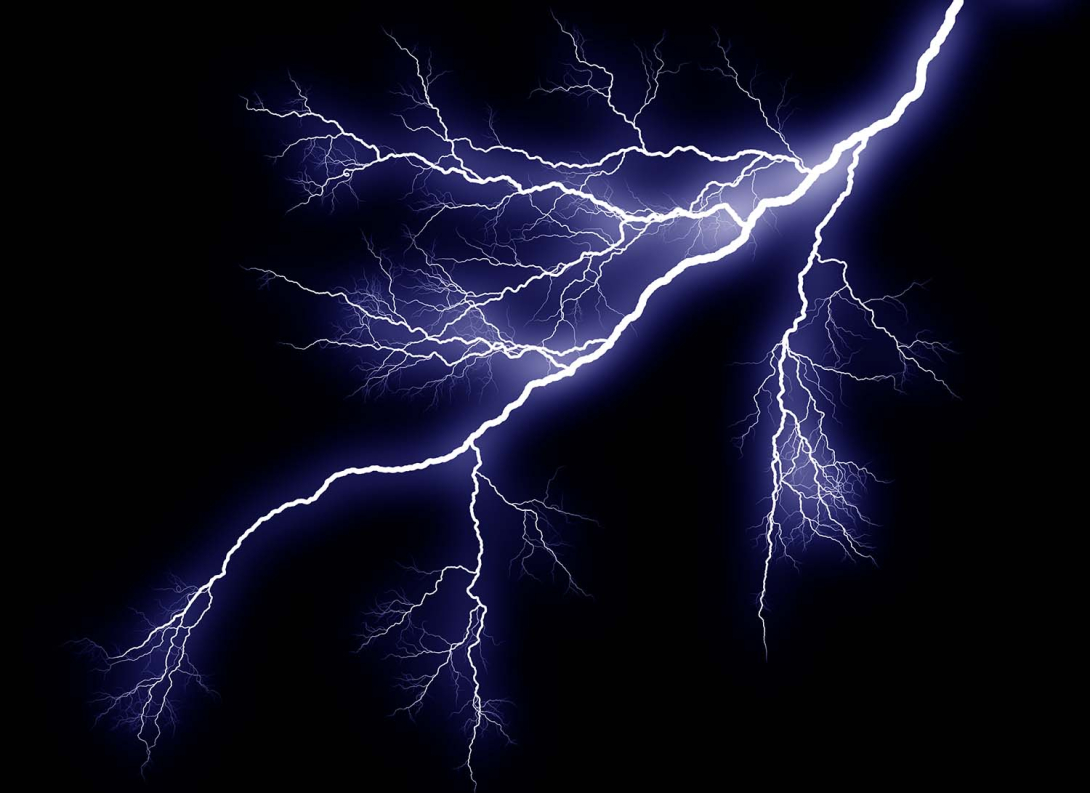
Know the Types of Storm Risk
When severe weather threatens, knowing the difference between a watch and a warning can save you precious time.
A Watch means hazardous weather may occur. Be sure to watch for information and review your safety plans. A Warning means a weather hazard is imminent or reported. You should act immediately to protect life and property.
Types of Severe Thunderstorm Risk
- Severe Thunderstorm - A thunderstorm that produces tornadoes, hail one inch or more in diameter, or winds of 58 mph or more.
- Slight Risk - Scattered severe thunderstorms possible. Thunderstorms are short lived and not widespread. One or two tornadoes possible.
- Enhanced Risk - Numerous severe storms possible. Thunderstorms are more persistent and widespread. Several tornadoes are possible.
- Moderate Risk - Widespread severe thunderstorms likely. Thunderstorms are long-lived, widespread, and intense. Strong tornadoes. A Tornado Watch will likely be issued.
- High Risk - Widespread severe storms likely. Thunderstorms are long-lived, widespread, and particularly intense. Used for a tornado outbreak or Derecho. A high risk is rare and implies an unusually dangerous situation.
Tornadoes
Most tornadoes travel northeast. Forward speeds average near 30 mph but can reach 60 mph. Other favored directions are from the northwest.
Tornadoes occur year-round but are most likely from April to June. Primary hours are from 3 p.m. to 8 p.m. with a second peak from 12 a.m. to 3 a.m.
A good rule of thumb to follow with tornadoes is “The Left to Right Rule” which states that if a tornado isn't moving from left to right on the horizon, you are not safe as there’s a chance the tornado is headed in your direction.
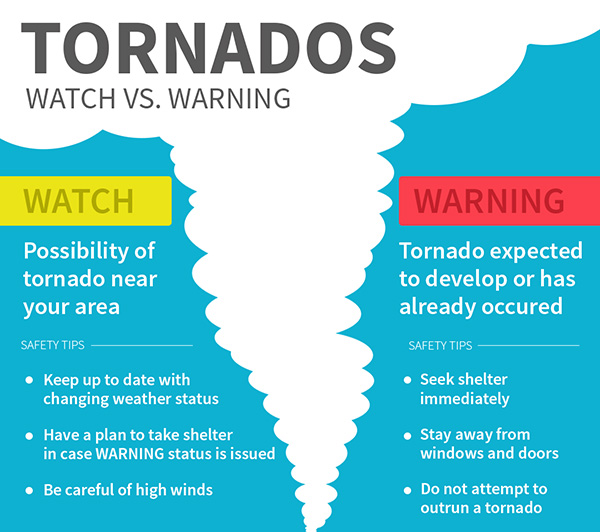
In Homes or Small Buildings
Go to the basement (if available) or to an interior room without windows on the lowest floor, such as a closet or bathroom. Wrap yourself in overcoats or blankets to protect yourself.
In Cars or Mobile Homes
Most tornado deaths occur in cars and mobile homes. If you have time, leave them for a substantial structure or designated tornado shelter. As a last resort, lie flat in your car or a nearby ditch and use your hands to cover your head.
In Schools, Hospitals, Factories, or Shopping Centers
Go to interior areas on the lowest floor. Stay away from glass and exceptionally large rooms. Follow the instructions of the facility safety officials.
In High-Rise Buildings
Go to interior rooms or halls. Avoid exterior walls or glass.
Lightning Safety
Thunderstorms produce lightning and are dangerous. Lightning kills more people each year than tornadoes. Lightning can travel sideways for up to 10 miles. Even when the sky looks blue and clear, be cautious. If you hear thunder, take cover. At least 10% of lightning occurs without visible clouds overhead in the sky.
Lightning can strike as far as 10 miles away from any rainfall. Many deaths from lightning occur ahead of the storm because people wait until the last minute before seeking shelter. You are in danger from lightning if you can hear thunder. If you can hear thunder, lightning is close enough that it could strike your location at any moment.
Here are five safety tips for dealing with lightning:
- 1Inside a building with wiring or plumbing is safest. Inside a hard-topped vehicle is safer than outside but avoid contact with metal or outside parts of the vehicle.
- 2If you cannot get to a shelter, stay away from trees or open areas where you may be the tallest object.
- 3Avoid leaning against vehicles. Get off bicycles and motorcycles. Don't hold on to metal items such golf clubs, fishing rods, or tools.
- 4Get out of the water. Don't stand in puddles of water, even if you’re wearing rubber boots.
- 5Stay several yards away from other people. Don't share a bleacher bench or huddle in a group.
What to do after a storm
Severe storms can be destructive, but Indiana Farmers Insurance is here for you.
- After a storm, make sure the members of your household are safe. Dial 911 for any medical emergencies.
- Protect your property from further damage. Emergency repairs may include boarding up a broken window, tarping a leaking roof, or drying out wet flooring. Keep a record of all emergency repairs for your claim representative.
- Report the damage to your insurance agent or Indiana Farmers Insurance as soon as possible. You can reach us at 800.477.1660 24 hours a day, 7 days a week. You can also report the claim online.
If your home has severe damage, you may need temporary living arrangements. Keep a record of your costs. Your claim representative will review this coverage and your receipts with you.
Source: The National Weather Service


